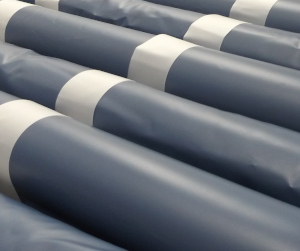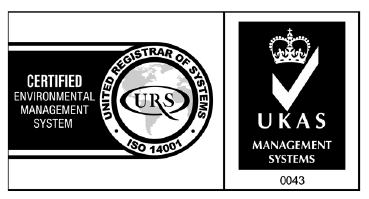The costs of pressure ulcers are well known. We have covered these topics in previous articles, looking at the human cost and pain of pressure ulcers and the financial implication of pressure ulcers.
It’s therefore vitally important to ensure that where there is a risk of pressure ulcers, the right surface is being used to ensure the best patient outcomes, reducing these costs.
Designed for the many
 Most pressure relieving mattresses are designed to suit most of the population. About 80% or so of people who need a pressure relieving mattress will be suited to a ‘standard’ dynamic airflow mattress. But not everyone has the same body weight, size and shape.
Most pressure relieving mattresses are designed to suit most of the population. About 80% or so of people who need a pressure relieving mattress will be suited to a ‘standard’ dynamic airflow mattress. But not everyone has the same body weight, size and shape.
For the other 20% of the population, these ‘standard’ surfaces might not be appropriate. It is easy to think that if someone is at risk of a pressure ulcer then any pressure relieving surface will do, but this is not the case and other factors need to be considered.
Designed for the lightweight patient
 If someone is extremely underweight, then the surface needs to deliver effective alternation and pressure relief with this reduced weight. So, the first thing to look for is whether the mattress has a minimum weight limit. The best mattresses for light-weight patients will clearly state that there is no lower weight limit.
If someone is extremely underweight, then the surface needs to deliver effective alternation and pressure relief with this reduced weight. So, the first thing to look for is whether the mattress has a minimum weight limit. The best mattresses for light-weight patients will clearly state that there is no lower weight limit.
Secondly, the design of the air cells is important. Normal air cells can be quite wide and people who are lightweight can fall-down between the cells. Specifically designed, narrower cells help to alleviate this problem and provide better support.
Take a look at our specifically designed Pure Air 6 Lite Air >>
Designed for children
The design of a mattress for children is similar to that of the light-weight patient. It needs to be suitable for their weight and have the smaller cells, but in addition it may need to be reduced in length to fit a smaller bed frame.
Take a look at our specifically designed Pure Air 6 Paediatric >>
Designed for the heavier patient
 For a heavier patient it is important to ensure that the mattress upper weight limit is suited to their weight. Many systems claim very high upper weight-limits but these are regular width surfaces which raises a number of questions:
For a heavier patient it is important to ensure that the mattress upper weight limit is suited to their weight. Many systems claim very high upper weight-limits but these are regular width surfaces which raises a number of questions:
Would someone who weighs 35 stone actually fit on this surface?
Also, if they did fit on, would they be comfortable?
In order to take a heavy weight, these surfaces operate at really high cell pressures creating an uncomfortable surface, running contrary to the principle of immersion therapy.
As already mentioned, the mattress also needs to be a suitable width. Many ‘bariatric’ mattresses have added foam to widen a ‘standard’ mattress. This obviously means that alternating therapy is only functioning across some of the mattress surface, and as mentioned above, these will be operating at high cell pressures. Look out for full-width air cells to provide comfortable, alternating therapy.
Select Medical’s bariatric surfaces come in a range of width options of 120, 135 & 150cm, all with full-width air cells, to provide truly individual care for all patients.
Take a look at our Pure Air Bariatric >>
Individual care
Thinking about individual care needs when it comes to pressure area care is important. Always try to match the needs of those you care for to an appropriate mattress. Don’t presume that all mattresses perform the same for all patients. Clinically effective support surfaces are a great tool in the battle against problem pressure ulcers when prescribed correctly and should be guided by individual risk assessments.









